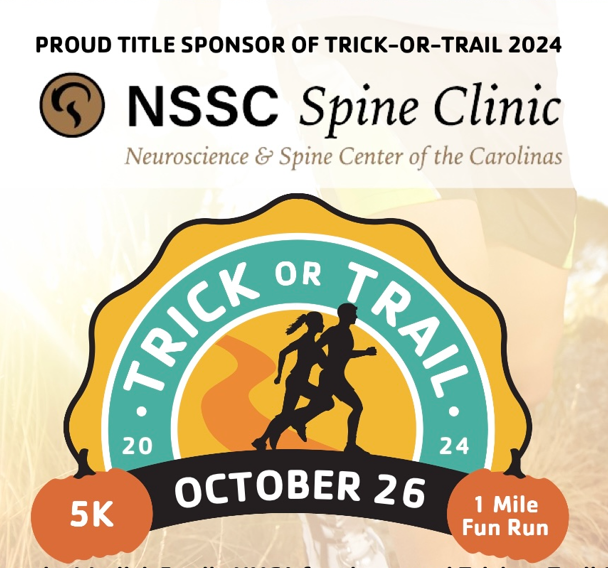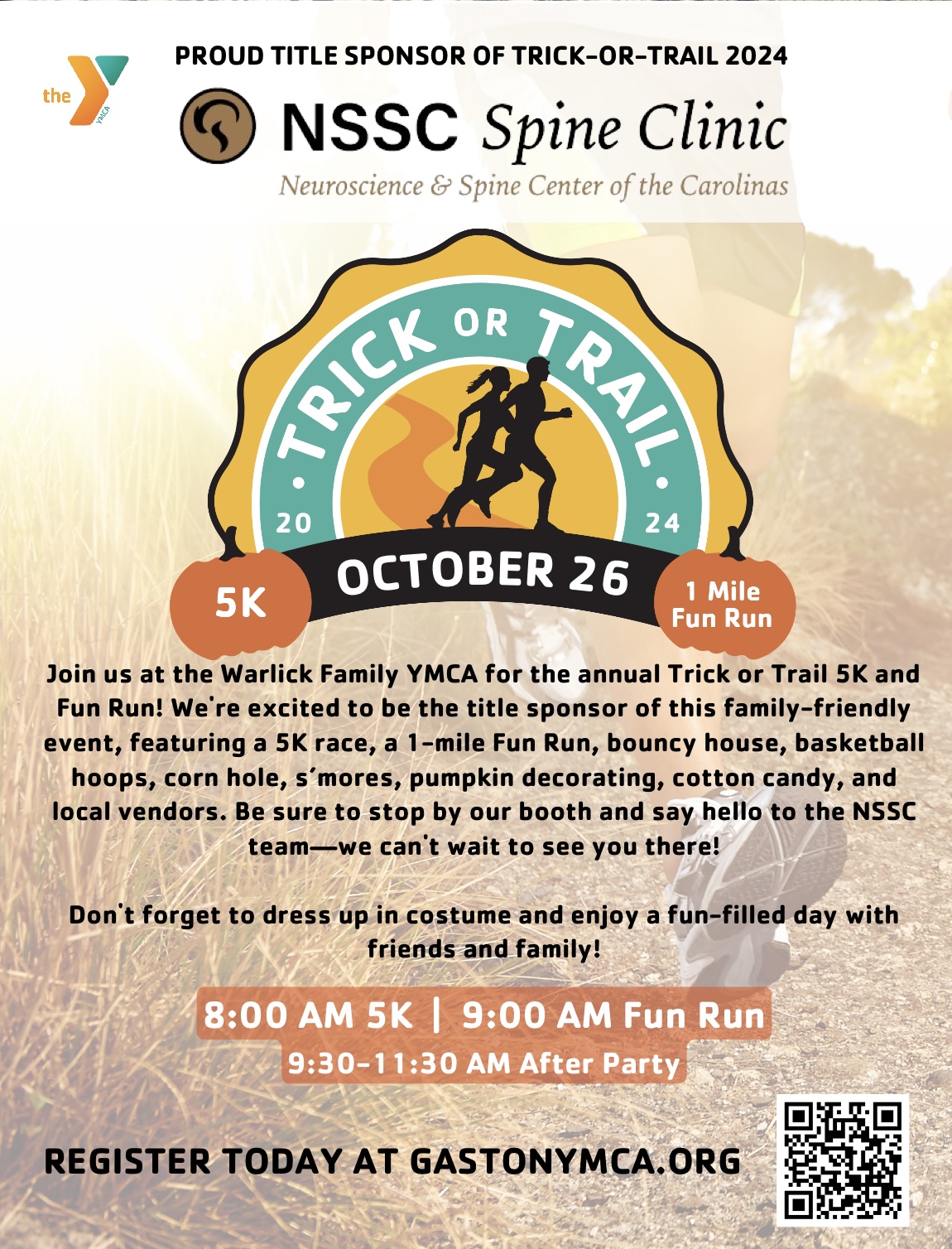 When people hear the word "neurosurgeon," they often think of complex brain surgeries or emergency trauma procedures. While these high-stakes treatments are a vital part of neurosurgery, the reality is that neurosurgeons are also experts in diagnosing and treating a wide range of conditions affecting the brain, spine, and nervous system — many of which are far more common than you might expect.
When people hear the word "neurosurgeon," they often think of complex brain surgeries or emergency trauma procedures. While these high-stakes treatments are a vital part of neurosurgery, the reality is that neurosurgeons are also experts in diagnosing and treating a wide range of conditions affecting the brain, spine, and nervous system — many of which are far more common than you might expect.
At the Neuroscience and Spine Center of the Carolinas, Dr. William Hunter, MD, a board-certified neurosurgeon with over a 30 years of experience, is dedicated to improving the lives of patients with neurological and spine-related concerns. His advanced expertise, combined with compassionate care, ensures that patients receive the most effective and minimally invasive treatment options available.
Knowing when to seek a neurosurgeon’s care can make a significant difference in managing your symptoms, improving your mobility, and enhancing your overall well-being. Here are some of the most common reasons you may need to see a neurosurgeon:
1. Chronic Back or Neck Pain
Back and neck pain are among the most common reasons people seek medical care, yet many individuals struggle for years without lasting relief. When pain becomes persistent or starts to limit your mobility, it may indicate a deeper issue requiring specialized care.
Common spine-related conditions that may require a neurosurgeon’s evaluation include:
- Herniated or Bulging Discs: When spinal discs become compressed or rupture, they can irritate nearby nerves, causing sharp pain, numbness, or weakness.
- Spinal Stenosis: Spinal Stenosis occurs when the spinal canal narrows, putting pressure on the spinal cord and nerve roots. Symptoms often include pain, tingling, or weakness that worsens with walking or standing.
- Degenerative Disc Disease: Age-related changes to the spine can cause discs to lose flexibility and cushioning, resulting in pain and stiffness.
- Sciatica or Pinched Nerves: Compression of the sciatic nerve can cause severe pain that radiates down the back of the leg.
If conservative treatments like physical therapy, medications, or injections fail to provide relief, Dr. Hunter can assess your condition and determine if minimally invasive surgery or advanced treatments are appropriate.
2. Sciatica and Nerve Pain
Sciatica is a distinct type of nerve pain that often originates in the lower spine and travels down one leg. It can cause:
- Sharp, shooting pain
- Tingling or numbness in the legs or feet
- Muscle weakness
- Difficulty walking or standing for long periods
While mild cases may respond to rest and physical therapy, persistent or worsening sciatica may indicate a herniated disc, bone spur, or nerve compression that requires surgical intervention.
Dr. Hunter specializes in identifying the root cause of nerve pain and developing customized treatment plans that may include minimally invasive decompression procedures or other innovative techniques.
3. Brain and Spinal Tumors
Although the word "tumor" can be alarming, not all tumors are cancerous. However, both benign and malignant tumors in the brain or spine can impact essential functions such as balance, coordination, and cognition.
Common symptoms that may suggest a tumor include:
- Persistent headaches (especially in the morning)
- Seizures or sudden neurological changes
- Vision disturbances
- Difficulty speaking or understanding language
- Weakness, numbness, or loss of coordination
Dr. Hunter is highly experienced in performing delicate procedures that remove tumors while preserving healthy tissue and minimizing post-operative complications. Early detection and treatment significantly improve outcomes, making prompt evaluation essential.
4. Carpal Tunnel Syndrome
Carpal tunnel syndrome occurs when the median nerve,the primary nerve in the wrist, becomes compressed, resulting in:
- Numbness or tingling in the fingers
- Weakness or difficulty gripping objects
- Pain that radiates from the wrist to the arm
Mild cases can often be managed with splinting, medication, or lifestyle adjustments. However, if symptoms persist or worsen, Dr. Hunter may recommend carpal tunnel release surgery, a minimally invasive procedure designed to relieve pressure on the nerve and restore normal hand function.
5. Traumatic Brain or Spinal Cord Injuries
Accidents, falls, or sports-related injuries can cause severe trauma to the brain or spine. Common injuries that require neurosurgical intervention include:
- Skull fractures
- Brain hemorrhages or bleeding
- Spinal fractures or instability
- Nerve damage leading to paralysis
In these urgent cases, Dr. Hunter provides specialized care to stabilize injuries, minimize damage, and promote optimal recovery.
Want to Talk To An Expert?
Contact the team at the NSSC Spine Clinic in Gastonia, NC. We’ll be happy to answer all your questions.



 When people hear the word "neurosurgeon," they often think of complex brain surgeries or emergency trauma procedures. While these high-stakes treatments are a vital part of neurosurgery, the reality is that
When people hear the word "neurosurgeon," they often think of complex brain surgeries or emergency trauma procedures. While these high-stakes treatments are a vital part of neurosurgery, the reality is that 



